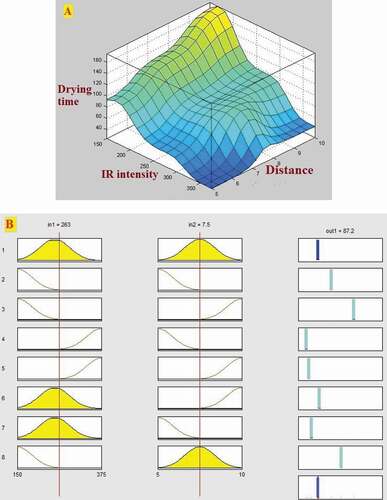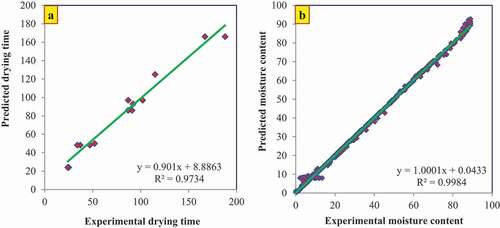Figures & data
Figure 2. The genetic algorithm–artificial neural network model structures for prediction of the drying time (a) and moisture content (b) of apricot slices
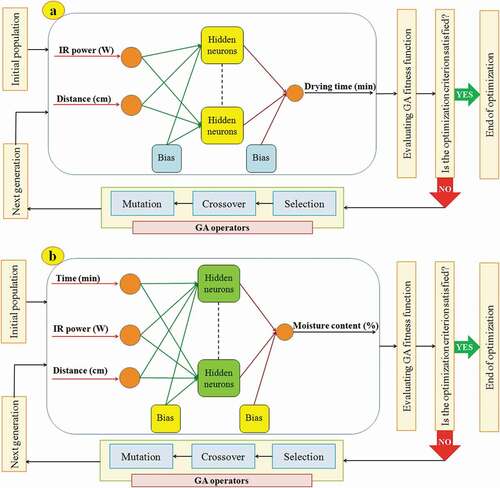
Figure 3. The adaptive neuro-fuzzy inference system model structures for prediction of the drying time and moisture content of apricot slices
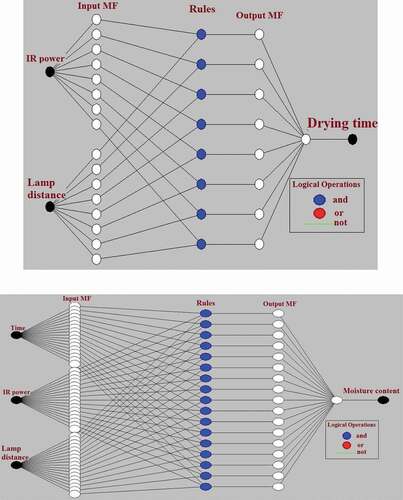
Figure 4. Variations of moisture content of coated apricot slices at different (a) coating type (250 W and 7.5 cm distance); (b) infrared power (7.5 cm distance, balangu coating); and (c) sample distance (150 W, balangu coating)
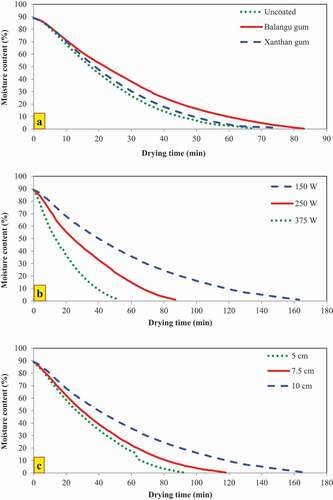
Table 1. Error values calculated by optimized GA-ANN approach for estimation of drying time and moisture content of apricot slices in an infrared dryer
Figure 5. Experimental versus predicted values of drying time (a) and moisture content (b) of coated apricot slices by balangu seed gum (using genetic algorithm–artificial neural network model)
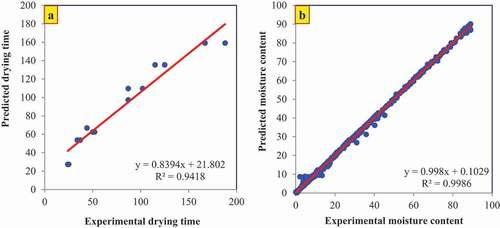
Table 2. The weight and bias data of the best GA-ANN structure for estimation of drying time
Table 3. The weight and bias data of the best GA-ANN structure for estimation of moisture content
Figure 6. Sensitivity analysis results of apricot slices infrared drying by the best genetic algorithm–artificial neural network structure; drying time (a) and moisture content (b)



